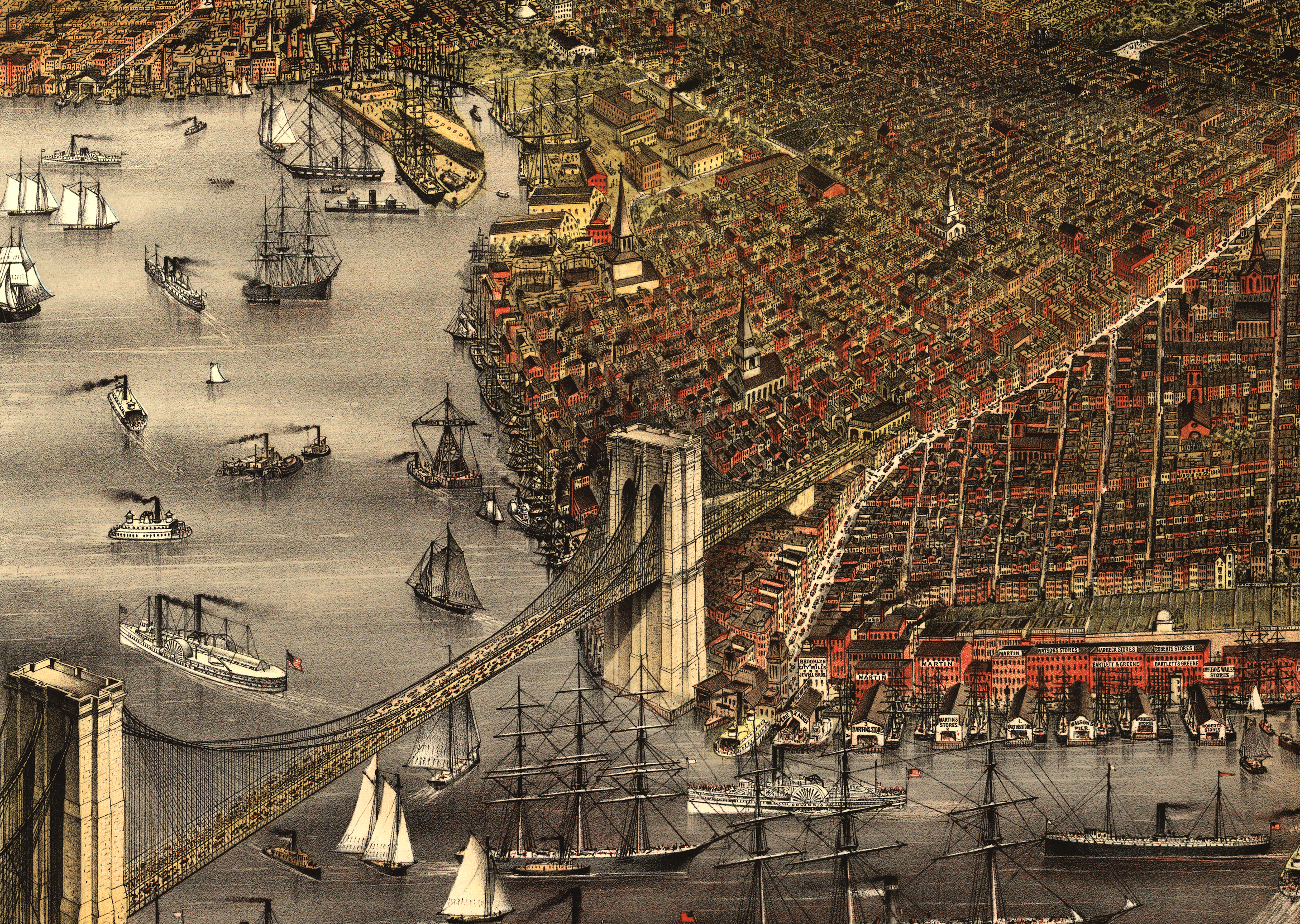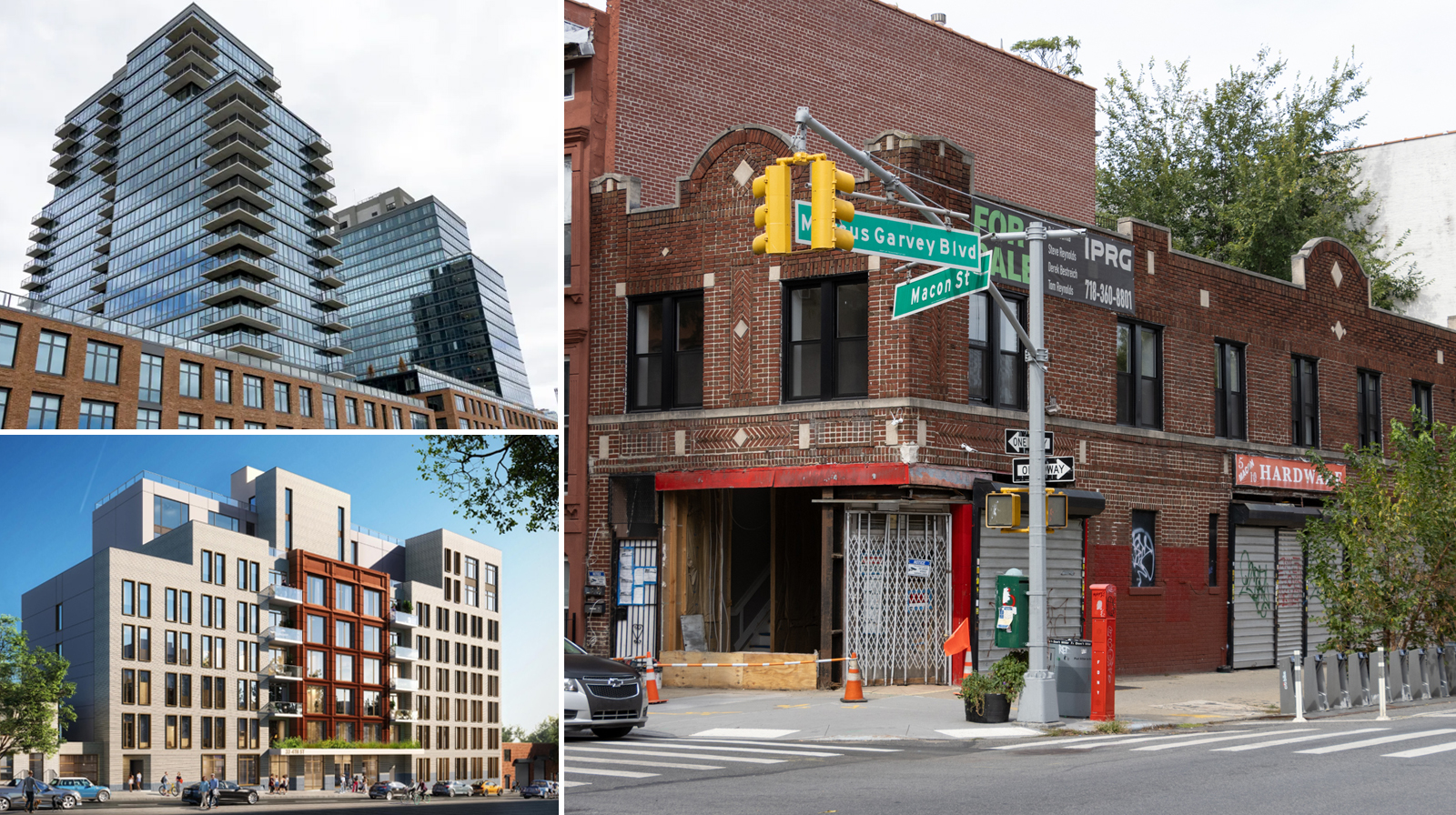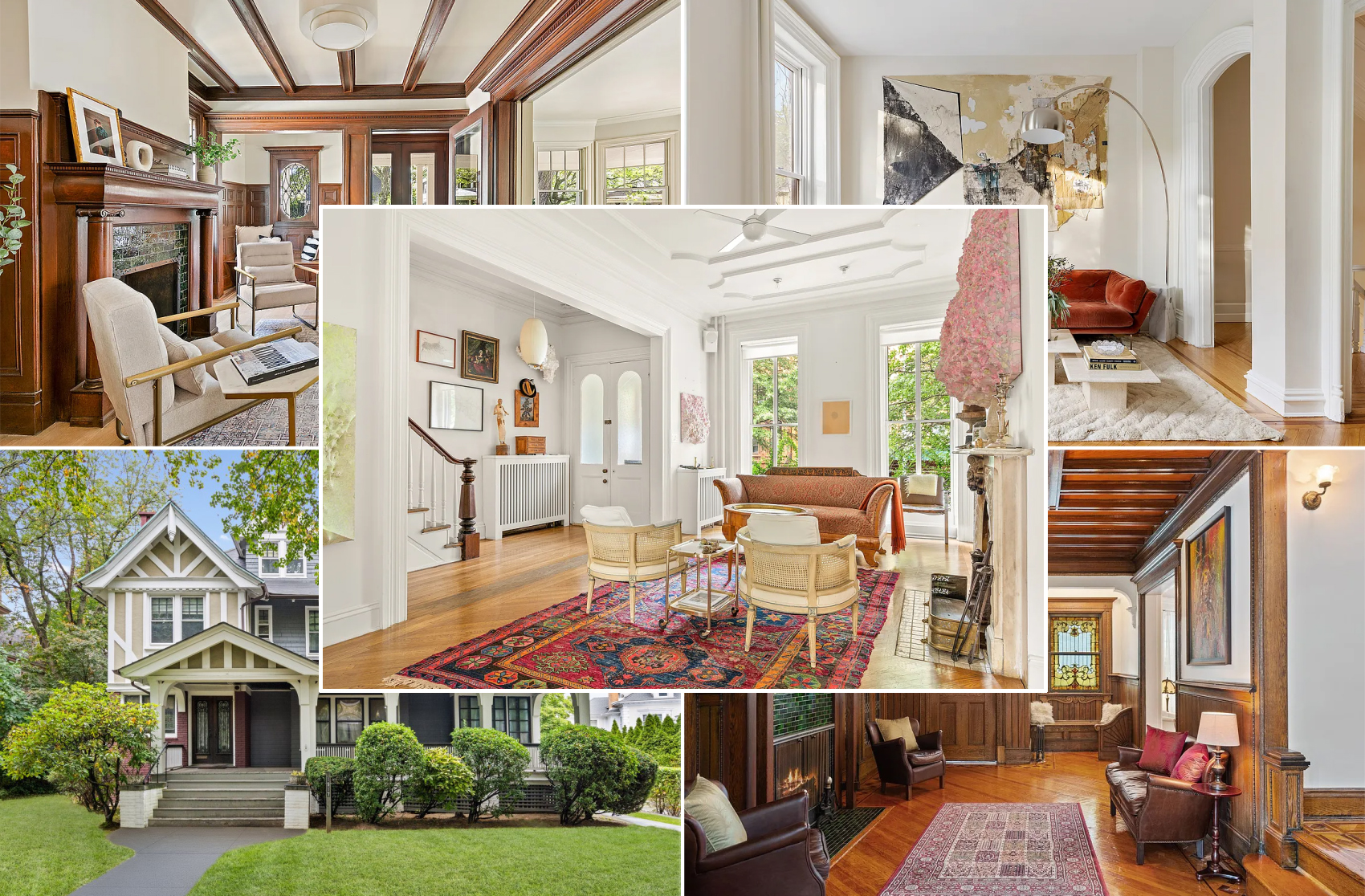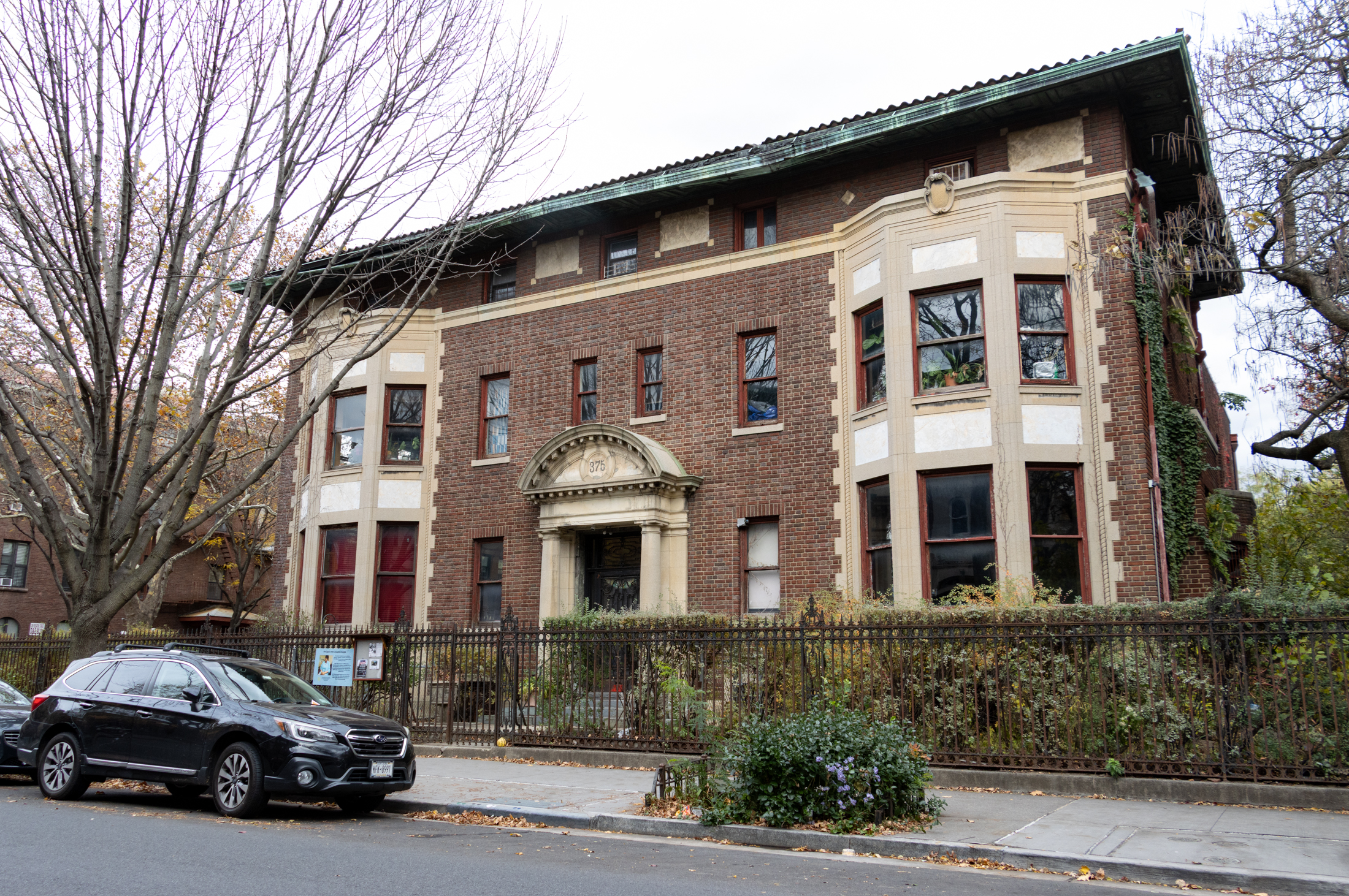Affordable Housing: Promises vs. Reality
The Gotham Gazette published an interesting article this week examining Mayor Bloomberg’s track record in affordable housing. A keystone to the Mayor’s housing plan is inclusionary zoning—granting benefits, such as a 33 percent higher floor to area ratio, to developers who include permanent affordable housing in their plans. Critics say that the plan hasn’t delivered…


The Gotham Gazette published an interesting article this week examining Mayor Bloomberg’s track record in affordable housing. A keystone to the Mayor’s housing plan is inclusionary zoning—granting benefits, such as a 33 percent higher floor to area ratio, to developers who include permanent affordable housing in their plans. Critics say that the plan hasn’t delivered nearly as much affordable housing as promised and supporters say that the plan can work, given enough time. In Greenpoint-Williamsburg, for example, the program has created 768 affordable rentals since 2005, and the goal is 2,200 over the course of a decade. Also, in 2005, the city promised over 6,000 units from already approved projects, but since then only 2,716 have come into existence, mostly in Manhattan, and this figure includes renovations of existing affordable apartments, not just new units. Also, between 2005 and 2008, the city lost 20,000 rent-stabalized apartments to market-rate developments, which tips the mayor’s affordable housing balance into the red. Alternative solutions proposed include mandatory as opposed to optional inclusionary housing, and a new focus on preservation and regulation of existing housing, as opposed to new construction. “The priorities that Bloomberg has put on development of new construction as a solution to affordable housing has been the wrong emphasis,” Mario Mazzoni, the lead organizer at the Metropolitan Council on Housing, told the Gazette. “You cannot build yourself out of the affordable housing crisis in New York City.”
Affordable Housing Not Included [Gotham Gazette]
Affordable housing map, showing completed vs. closed inclusionary housing projects, from The Gotham Gazette





“I think too many people have an inflated idea of how wonderful they are”.
Not me! Everyone I meet tells me I’m a schmuck!
I am all for neighborhood diversity- don’t make the mistake of thinking I’m not. But unfortunately, that mosiac idea has far too often used to ghetto-ize (is that a word?) poorer neighborhoods. This has happened over and over again. Sometimes its the very residents of a neighborhood that do it- such as some of the Hasidic neighborhoods. The more insular we get, the worse it gets.
The problem with these arguments is that they always come down to some mythical individual who lucks out and gets an apartment downtown somewhere, whether downtown is the Flatiron district or in Brooklyn Heights. This person is held up as the reason why it is SO unfair that we have housing lotteries, or affordable housing. They don’t DESERVE to have something good happen to them, and they are draining public resources, and some of you are personally paying for them to live it up. Come on.
In actuality, these people are as rare as MegaMillion winners. People are not demanding to live in tony neighborhoods, or expecting to live in the same building as some hedge funder. I think too many people have an inflated idea of how wonderful they are and how envious everyone else is of them. Not. Most people just want to be able to live where they can get to work in a reasonable amount of time with their Metrocard, and raise their families in a safe neighborhood and a sturdy home. They don’t care about wine bars and fancy restaurants, they are happy if they can take the family to Red Lobster once in a while. These aren’t people who are looking to move into your condo after you move to the Meier building. Most people want to stay where they grew up, where their friends, family, houses of worship and favorite stores are. This should be possible, and can be, with some judicious planning and allocation of public and private funds, repurposing of housing stock, and new construction.
joe- i was responding to benson’s comparison of Brooklyn and Yonkers. Take a deep breath… a few ommm’s will help….:-)
Not all brownstones were built as luxury housing. Much- if not most of it was middle class but the quality of the construction and wealth of detail are so much better than what we get today, many people erroneously think it was all luxury housing.
Joe;
Well said, and to look at it in a slightly different way: why do folks believe that the ideal city is one in which the ultimate criteria for vibrancy is that EVERY neighborhood be economically integrated.
To take just one example: Brighton Beach is a fairly uniform area, both economically and socially (Russian working class immigrants). I find it a treat to go down there sometimes and take a peek into another world, right in my own city. It’s part of what make NYC great.
This is a big, big city. Let’s keep it a big mosiac, not a drab swath of government social engineering. I think I basically just repeated Joe’s points, but felt the need to say it 🙂
joe- NYC was famous as the Great Melting Pot-and I think its a fabulous one. The problem with your idea is that all the advantages would go to the wealthier areas- and the less wealthy would be, again, shoved further and further out. look at redlining. This was indicative of what happens when you have salad and not soup. I grew up in a mixed neighborhood, and its nothing to be afraid of. These days we seem caught up in xenophobia.
The other point is, the working poor and middle class pay their fair share of taxes and get back less for it. I’ve worked all my life, paid my taxes, obeyed the rules. I got nothing to show for it- I get no tax breaks, no rent assistance, no health care- I have always paid my way. I am just as entitled to live in decent housing, in a decent neighborhood, close to public transportation that won’t put me 2 hours from my job as any Wall St. wiz. But NYC has been turned into financial enclaves, with the less wealthy ones getting not only the short end of the stick, but getting shoved out as they get priced out.
and montrose morris… of all people, the one who (and I like your stuff by the way) totally gets off on brownstones more than anyone else.
if the city didn’t produce an upper class in the 19th century that wanted to build brownstones for itself in its own neighborhood, we wouldn’t have them! If you were alive then, would you have campaigned against them for being exclusionary? I mean, they were built to be the very “Paris” you don’t want, weren’t they?
But the city is and was no less vibrant, because it’s a BIG CITY and there are other neighborhoods, right nearby, with every different kind of people the world had to throw at NY!!
What’s wrong with a nice neighborhood? Should we move part of Compton into Beverly Hills, to return the “vibrancy” to LA?
MM – “The fact is, that those are not the people who constitute the vast majority of those clamoring for housing. It’s the middle classes. The UPS driver, the nurse, the teacher and the janitors, the cops”
You are EXACTLY right (although there still is plenty of housing for these groups in the outer boros – and the crash is ‘making’ more) BUT one of the reasons for the shortage is all the “plans” to keep housing “affordable”.
Lets use the proposed solution here – force builders to include “affordable” units in every new building. Ok, so what happens? – The “affordable units” are built at a loss (or break even) and are given to those most in need (or with the best hooks) and then the builder is forced to jack up the price on the remaining units to make a profit, so who gets screwed – the guy in the middle – too affluent (or un connected) to get in on the “affordable units” and too poor to afford whats left.
“Oh, I get it. Only people who make big salaries or fit some vague social criterion established by those who make a certain salary level should be allowed to live in Brooklyn”
bxgirl, take a big step back. did you mean to say “brownstone brooklyn”? That’s the heart of the disagreement here.